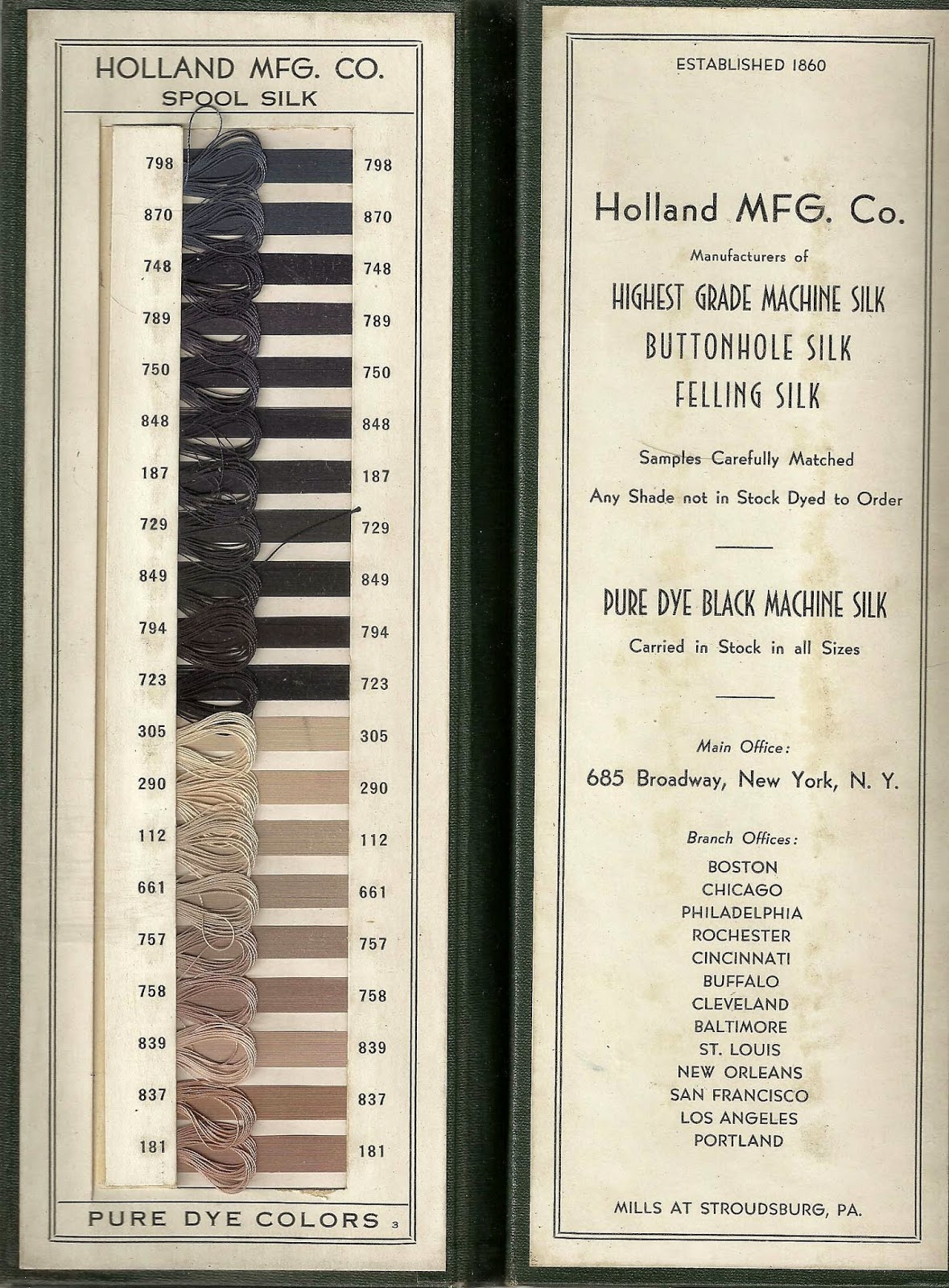An Unexpected Gift
The other day my neighbor brought an unexpected gift for me.
During a garage cleaning he came across a textile he had stored there. He and his wife have traveled extensively
and had worked for some time in Saudi Arabia.
Therefore, their home is a mini museum of the most remarkable objects of
folk art . Knowing, of course, my great interest in all things textile, he
asked if I would want this package, which, when unwrapped revealed a camel
blanket, more specifically a saddle pannier.
Pannier is a word from old French meaning a basket ( a pair
of baskets) hung across the back of a pack animal for carrying goods. In this case my pannier is a woven blanket
not a wicker basket as nomadic people had little contact with vegetable fibers
and used woven bags (kep) to transport their possessions. Pannier-bags (khurjin) are common to every
group. Woven as one long textile, the
ends are drawn up to the center and sewn creating pouches. The size of the woven pannier depends upon
the
animal : camel, horse, mule and the goods to be transported. The underside, which is not seen, is usually
plain in pattern, while the folded sides are decorated with traditional
patterns.
Traditional Textiles of Central Asia, Janet Harvey, Thames and Hudson, 1996
My new possession is very colorful and embellished with
dozens of colorful tassels and long dark tassels at the ends. This method of
embellishment is widely used on animal trappings, which sway with
movement. Tassels may be simple or very
elaborate made from wool, horse or camel hair or even silk. The use of tassels as embellishments dates
back to Egyptian times ( and probably much, much older).
Tassels: The Fanciful Embellishment, Nancy Welch, Lark Books, 1992
Two loose tassels found in the textile bundle, needing repair.
My textile is in need of a cleaning and some minor repairs,
so I thought I would share with you the process, taking pictures of my progress
over the next few weeks. And I have to
find a suitable place for display away from my two cats, who would love, love,
love those tassels!!






















